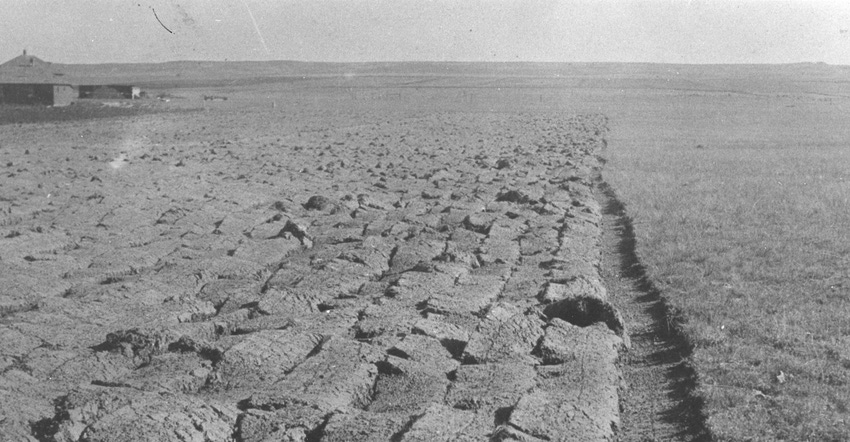
The span of a century is a long time for one parcel of ground to be researched. One such parcel, known as the Knorr-Holden Plot in Nebraska’s Panhandle, is one of those rare sites.
Large-scale irrigation came to western Nebraska and southeastern Wyoming when the U.S. Bureau of Reclamation built the North Platte Project, one of the early projects taken on under the 1902 Reclamation Act.
To help farmers and researchers understand the irrigation techniques and technologies of the day, USDA — in partnership with the Nebraska Experiment Station — established the Scottsbluff Experiment Substation on a quarter-section of unclaimed land 6 miles east of Mitchell in 1910.
The experiment station was eventually taken over by the University of Nebraska. The original 160 acres is still part of the experimental plots, although the main headquarters at Scottsbluff is now located 5 miles to the south on the northwest edge of the city — and is known as the UNL Panhandle Research and Extension Center, part of the UNL Institute of Agriculture and Natural Resources.
In 1910, native shortgrass prairie was broken, and the land was seeded to oats the following spring. Under the supervision of Fritz Knorr, the first superintendent at the station, an extensive series of irrigated and dryland rotation experiments began in 1912.
When James Holden became superintendent in 1917, he supervised the rotation plots, making it a long-term project. In 1941, all but the continuous corn plots were discontinued. But over the years, data collected from the plot has been presented at national meetings and published in dozens of bulletins and scientific journals, with at least three dozen scientists and graduate students having been involved in the plot since 1912.
Now, the Knorr-Holden Plot is considered the oldest irrigated corn research plot in the world, and it was listed on the U.S. National Register of Historic Places in 1992.
Rare research
“How rare it is to have an experiment that continues for this long,” says Bijesh Maharjan, Nebraska Extension specialist at the UNL Panhandle Research and Extension Center. “The research started as irrigation was introduced in the area, and therefore, it was necessary to determine irrigation management and its effect on crop production.”
At the time, it was just one of many research plots being established. But today, because of its longevity, the plot is something special. “The Knorr-Holden Plot specifically addresses soil fertility management,” Maharjan says. “It provides unique opportunities to study long-term effects of chemical and organic fertilizers on various aspects of production agriculture, including soil health, environmental sustainability, grain yield and quality.”
Since 2019, the plot has been a part of the Soil Health Institute’s North American Project to Evaluate Soil Health Measurements. All treatment plots were sampled for analysis of more than 30 different soil health indicators, and researchers are working on reporting that data from the Knorr-Holden site.
The plot has been yielding well over the years, Maharjan says. “I have been seeking resources to conduct ag environmental sustainability work regarding nutrient losses following long-term application of fertilizers,” he explains.
Insights into future
“Most new experiments do not last more than three or four years, given the restraints of resources and limits in the funding cycle,” Maharjan notes. “It takes a lot of planning, commitment and collaboration to continue a project in a time scale of a few decades. Therefore, it is very rare to have the experiment that is over 100 years old.”
With ag production and sustainability gaining attention and interest, Maharjan believes the Knorr-Holden Plot can provide unique insights into agriculture production principles like no other experiment site can.
Learn more about Knorr-Holden and all the research at the Panhandle Research and Extension Center at Scottsbluff at extension.unl.edu.
About the Author(s)
You May Also Like






